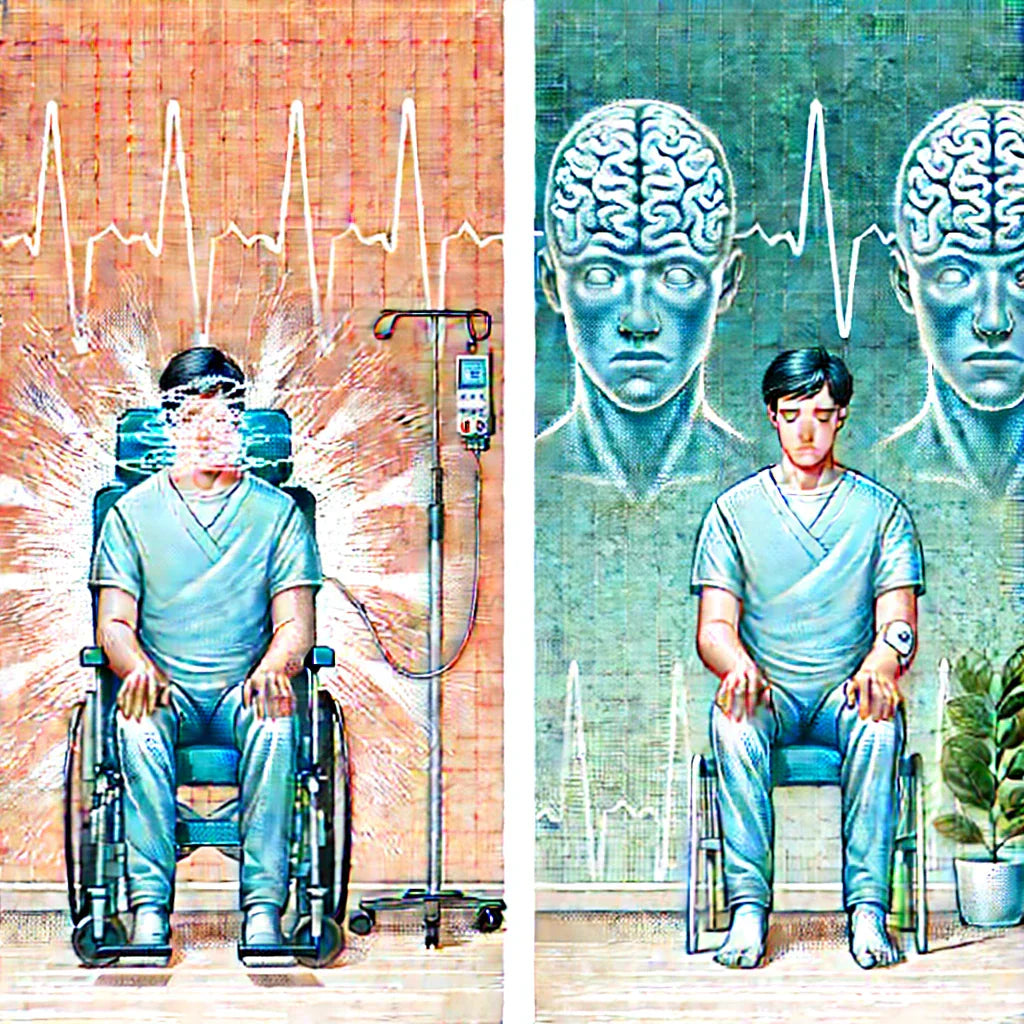News
How to Reduce Waste and Live a More Sustainable Lifestyle
climate action composting tips digital footprint eco products eco-friendly habits energy conservation environmental footprint green living local sustainability mindful shopping minimalist living plastic alternatives recycling guide reduce waste sustainability guide sustainable fashion sustainable lifestyle water saving zero waste kitchen zero waste tips
Living a more sustainable lifestyle isn't just a buzzword for the environmentally conscious—it's a necessary shift for the health of our planet and future generations. As landfills overflow and oceans choke on plastic, the need for individual action has never been more critical. But reducing waste doesn’t require radical changes overnight. Small, consistent steps can lead to a profound impact over time.
Sustainability is all about balance—balancing our needs with the resources we consume, the waste we generate, and the future we shape. Whether you're a seasoned zero-waste advocate or just starting your journey, this guide offers actionable tips to help you reduce your environmental footprint and embrace a lifestyle rooted in purpose and mindfulness.
Convulsive vs Non-Convulsive Status Epilepticus
benzodiazepines for seizures cognitive risks convulsive seizures CSE vs NCSE EEG diagnosis EEG monitoring elderly seizures epilepsy care ICU seizures neurological damage neurological emergencies non-convulsive seizures pediatric epilepsy prolonged seizures seizure complications seizure emergency seizure recognition seizure treatment seizure types status epilepticus
Seizures are often misunderstood, and when they escalate to a condition known as status epilepticus, they become a medical emergency. But not all forms of status epilepticus are created equal. While convulsive status epilepticus (CSE) tends to grab attention with dramatic muscle jerking and loss of consciousness, non-convulsive status epilepticus (NCSE) can fly under the radar, silently causing harm without any visible convulsions.
Understanding the distinctions between these two types is not just crucial for healthcare professionals—it's vital for caregivers, first responders, and anyone who might encounter someone in crisis. Early recognition and appropriate intervention can mean the difference between recovery and long-term damage. This article dives into the essential differences, symptoms, risks, and treatment approaches for both convulsive and non-convulsive status epilepticus.
Treating Neuromyelitis Optica: Relapse Management and Prevention
AQP4 antibodies autoimmune disorders biologics for NMO corticosteroids for NMO Devic disease eculizumab immunosuppressive therapy inebilizumab long-term NMO care neurologic disability prevention neuromyelitis optica NMO flare treatment NMO relapse management NMO treatment NMO vs MS optic neuritis plasma exchange NMO satralizumab transverse myelitis
Neuromyelitis optica (NMO), also known as Devic’s disease, is a rare autoimmune disorder that targets the optic nerves and spinal cord. Characterized by sudden and often severe relapses, it can cause vision loss, paralysis, and long-term disability if not treated swiftly and appropriately. Unlike multiple sclerosis (MS), NMO is driven by a different mechanism—typically involving antibodies against aquaporin-4 (AQP4), a water channel protein found in the central nervous system.
Managing NMO involves two equally critical fronts: addressing acute relapses as they occur, and implementing long-term strategies to prevent future attacks. With the right approach, many patients can achieve stability and preserve neurological function. This guide breaks down the key principles of treating NMO, from immediate crisis care to proactive prevention that supports quality of life over time.
Variant CJD and Mad Cow Disease: Understanding the Risks and Link
brain deterioration brain health support BSE in humans cognitive supplements foodborne illness longlifenutri brain support mad cow disease mad cow human transmission mad cow outbreak mad cow prevention meat safety neurodegenerative disorders neurological decline prion diseases prion research RT-QuIC test variant CJD vCJD cure vCJD diagnosis vCJD symptoms
When news of Mad Cow Disease broke in the late 20th century, it sent waves of panic through the public and scientific communities alike. At the center of the concern was its human counterpart—Variant Creutzfeldt-Jakob Disease (vCJD), a rare but deadly neurodegenerative condition linked to the consumption of infected beef. Though rare, vCJD has profound implications for food safety, brain health, and how prion diseases are understood and managed.
This article unpacks the complex relationship between Bovine Spongiform Encephalopathy (BSE), better known as Mad Cow Disease, and vCJD. We’ll explore how these diseases are transmitted, the symptoms to watch for, and what current science tells us about long-term risks. With clarity and care, we aim to equip you with the facts—without sensationalism—so you can stay informed and empowered.
Preventing Bursitis: Simple Strategies to Protect Your Joints
active lifestyle anti-inflammatory lifestyle bursitis prevention bursitis recovery bursitis symptoms ergonomic tips exercise for joints foam rolling bursitis glucosamine supplement joint health joint supplements joint support complex LongLifeNutri Joint Support natural bursitis treatment prevent joint pain protect your joints reduce inflammation reduce joint stress stretch for bursitis swelling in joints
Bursitis may sound like a minor nuisance, but anyone who's experienced it knows how painful and disruptive it can be. Caused by inflammation of the small fluid-filled sacs known as bursae, bursitis often targets key joints like the shoulders, hips, elbows, and knees. Whether you're an active athlete, a desk worker, or somewhere in between, your daily movements can put unnecessary strain on these crucial cushioning pads—leading to soreness, stiffness, and swelling.
The good news? Bursitis is highly preventable with the right habits, exercises, and joint-friendly practices. In this article, we'll explore simple yet effective ways to reduce your risk of bursitis, from posture tips and activity modifications to supplements and recovery strategies. Protecting your joints doesn't require a complete lifestyle overhaul—just a few smart adjustments that keep you moving pain-free for the long haul.




